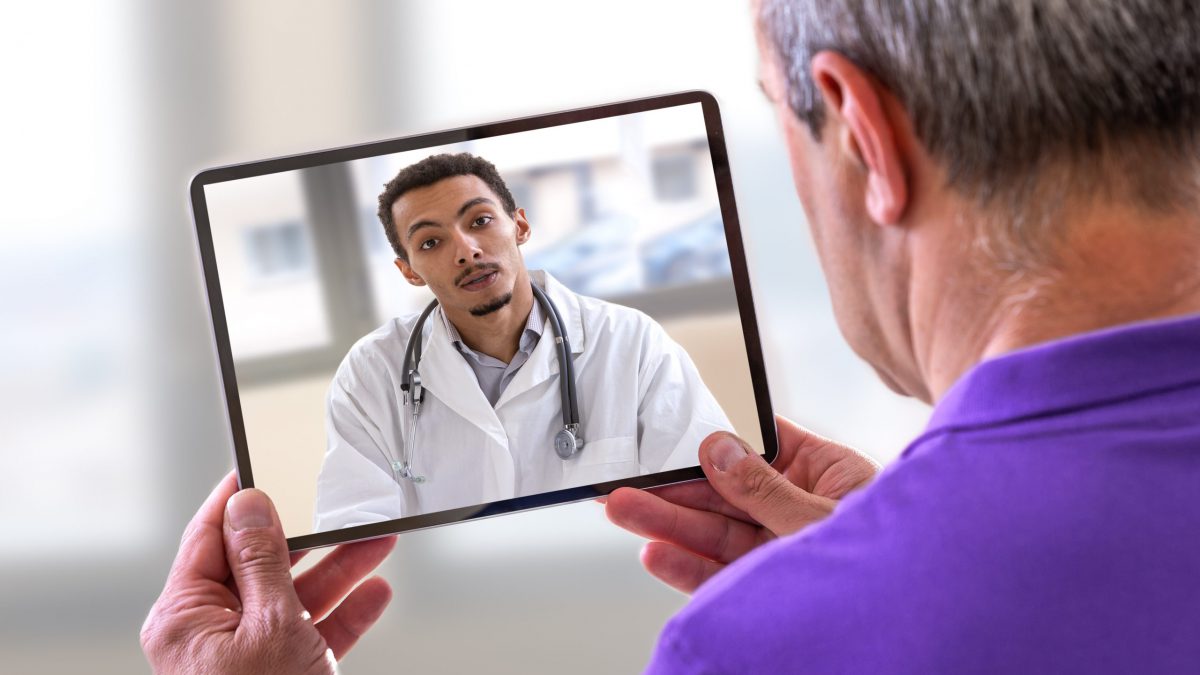For those with access, telehealth may be the most important force multiplier in American health care today. But for the 57 million people living in rural America, the technology could further inequality.
The “Digital Divide” Persists
The challenge is that rural telehealth access is not one problem, but many problems – the first of which is infrastructure. Rural communities still lag behind cities and suburbs in having high-speed internet, according to Pew Research Center. Rural Americans were almost three times as likely as suburbanites to say their lack of access to high-speed internet was “a major problem.”
This has dissuaded telehealth companies from investing in rural communities, making “far less progress than they’d like to in reaching rural patients.”
Reliability is also an issue. Rep. Mariannette Miller-Meeks (R-Iowa) knows this firsthand. “If the weather was bad or there was a cloud in the sky, connectivity would evaporate,” she shared during a national policy summit convened by Patient and Provider Advocates for Telehealth. While her example was from a personal experience that happened at her home, the ophthalmologist noted that weather can make video visits a non-starter for some patients and providers.
Innovating to Fill the Gap
As rural America awaits greater access to broadband in their homes, innovators in the health care system are developing workarounds. A program run by the University of Arkansas for Medical Sciences offers one example.
High-risk pregnant moms can visit one of 64 clinics around the state to have a telehealth visit with a specialist. The program has grown since its founding almost 20 years ago and has led to better infant and maternal care in the rural state where 74 of the 75 counties are medically underserved.
By linking expectant moms with specialized care that may have been otherwise inaccessible, the state has seen a decline in babies being born with unknown health challenges, like heart defects. Premature babies and those needing intensive care are now more likely to be born in facilities that can better address their higher-level needs.
Success is a Choice
Whether telehealth closes or widens gaps in access to health care is ultimately a choice.
Emergency measures taken during the pandemic – like payment parity for in-person and telehealth visits, for example – showed that policymakers can address health care access issues when pressed.
Congress is considering several bills, including at least one to expand broadband access. Passing those would be a crucial step toward ushering the broadband revolution into rural communities. But action is needed before the pandemic fades – or rural telehealth access issues will persist.




